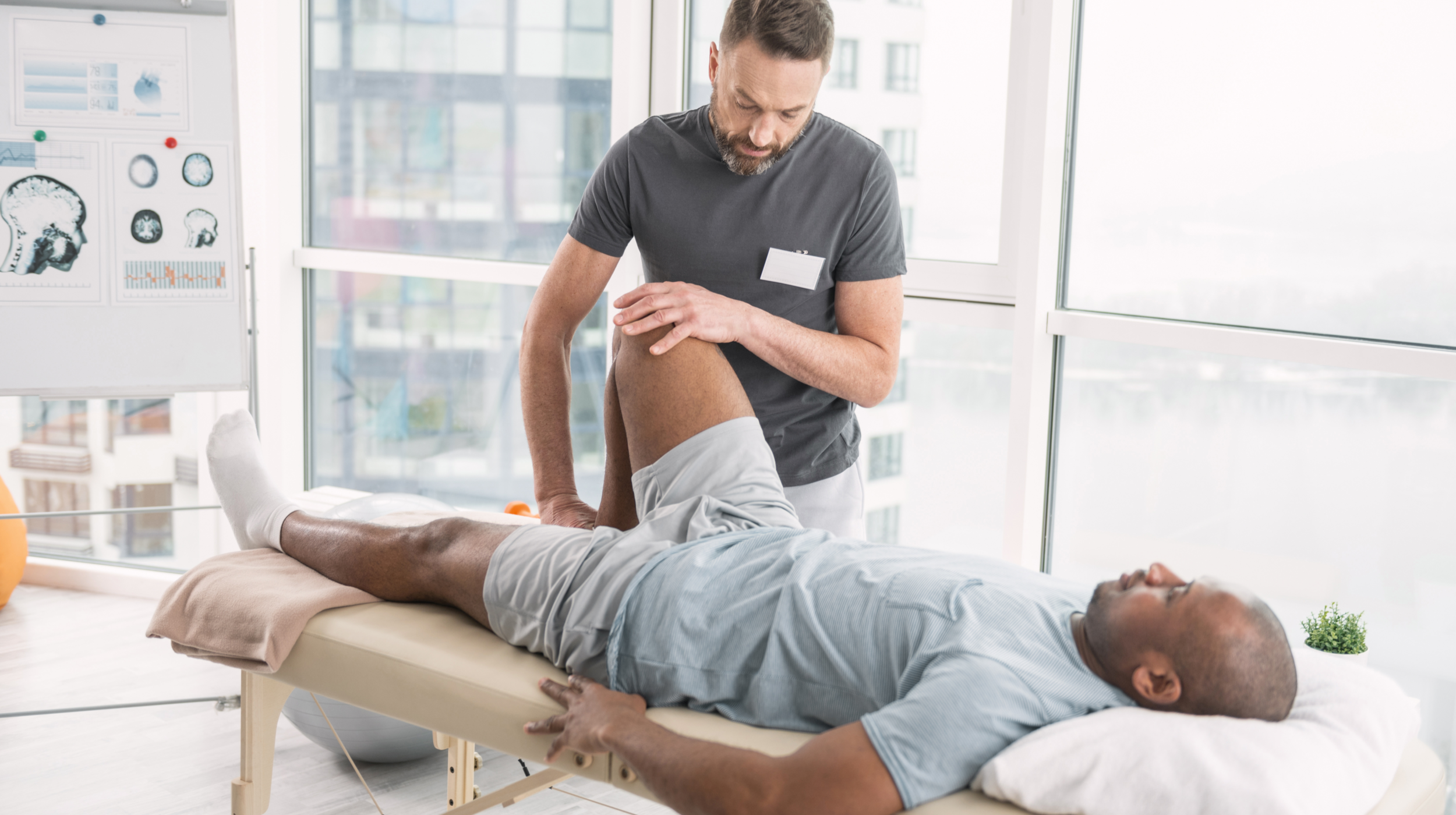How to Get Back on Track With Resistance Training After a Serious Injury
Jul 19, 2021 mindpumpPanic starts to set in a little if you are an avid lifter, and you suffer from an injury. It usually happens right when you’ve built up a lot of momentum, or at a good place in your training where a lot of progress is happening. Most people get injured, and then stop lifting altogether. Some try to train through the injury. Neither is optimal.
Benefits of Resistance Training
Believe it or not, one of the best things you can do when you have an injury is use resistance training to help heal the area. That doesn’t mean continue doing 315lb squats. The beauty of working out is it comes in many forms. If you are injured, chances are it stems from an underlying mobility or muscle connection issue. This means we need to find the underlying cause and use very slow, controlled movements, to teach our body the proper movement pattern so this injury doesn’t happen again.
I want to highlight that at the onset of an injury, you should do whatever the doctor recommends first and foremost. You may need to just take it easy and rest for a couple of days. That is okay. It’s better to take one step back so that you can take two steps forward. The last thing you want to do is try to work through the pain and further injure yourself.
Reintroduction of Exercises
Before jumping into a regular program, I highly recommend a regimen like MAPS Prime Pro. If we are trying to find the underlying cause, we need appropriate exercises that will address that issue. MAPS Prime Pro has a joint by joint approach to specifically narrowing down and finding out which areas you may have a problem in, and providing exercises that will help strengthen that area. This is what you should be doing once you are cleared to enter the gym again.
Importance of Mobility
Focusing on mobility exercises allows you to focus on form and technique. You need to think about what you are trying to accomplish. Certain muscles may not be firing properly, or maybe your knees or other muscles aren’t tracking the way they should be during an exercise. Find what supporting muscles help stabilize that area, and choose the proper exercises that will allow you to properly THINK about that muscle firing, and take it through its full range of motion (without pain). The goal here is to groove these new patterns.
Train What You Can
Just because you may have injured your shoulder, doesn’t mean you can’t train other parts of your body. This could be a great time to use machines that provide added help to make sure only the intended muscle is working and not putting your injured body part at risk. This is more for all the muscles that haven’t been injured can still be worked. Again, any exercise pertaining to the injured area should be pain free.
Studies have shown even if you aren’t working the injured area, just by working the other body parts, still sends a signal to allow the rest of the body to grow. This will help minimize muscle loss while you are rehabbing back to 100%.
If you are unable to go through a full range of motion, you can also try static tension. This still allows you to focus on the mind muscle connection of getting that muscle to fire.
If you want more info or help on how to precisely find the proper rehab exercises to help you recovery quicker be sure to check out our “Safe Start Bundle” which has our MAPS Starter, MAPS Prime, Prime Pro, and Anabolic workouts which will take you from rehabbing injury all the way through to getting back into a regular workout.







